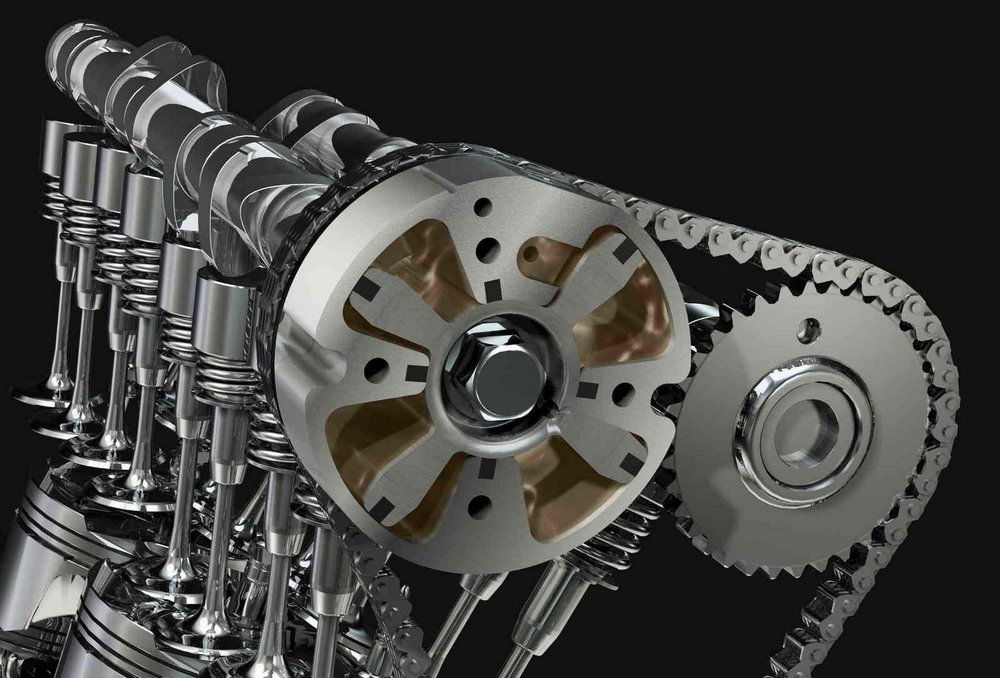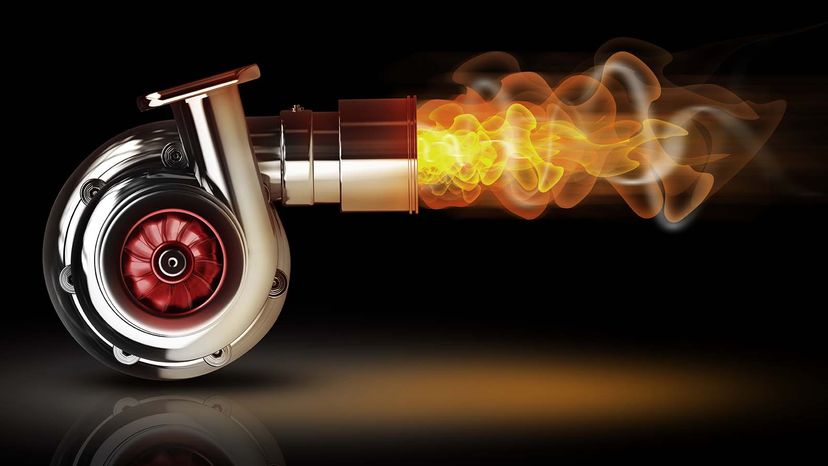What if some of the greatest car innovations are the ones we’ve forgotten? In a world speeding toward electric everything, there’s still something deeply satisfying about the raw growl of a petrol engine. For true car lovers, it’s not just about nostalgia — it’s about the thrill of mechanical mastery paired with innovations that quietly revolutionized the road.
These five underappreciated inventions not only changed driving forever but continue to enhance petrol-powered cars today. Let’s take a ride through history’s overlooked game-changers.
1. Electronic Fuel Injection (EFI)
What made it revolutionary
Before EFI, carburetors were the standard for fuel delivery in petrol engines. Developed in the 1950s but only widely adopted in the 1980s, electronic fuel injection precisely controls fuel delivery through computer-managed injectors.
According to a study in the International Journal of Automotive Technology, EFI systems improve fuel efficiency by 8-10% compared to carburetors while reducing emissions by up to 30% (Johnson et al., 2019).
Benefits you still enjoy today:
- Instant cold starts without manual chokes
- Consistent performance at varying altitudes
- Improved fuel economy without sacrificing power
- Reduced maintenance compared to carburetors
2. Variable Valve Timing (VVT)

What made it revolutionary
Patented by Fiat in 1970 but popularized by Honda’s VTEC system in the 1990s, variable valve timing allows engines to optimize performance across different RPM ranges.
Research published in SAE International shows that VVT systems can improve low-end torque by up to 15% while maintaining high-RPM power (Martinez & Chen, 2020).
How you benefit:
- Better fuel economy during everyday driving
- Impressive power when you want to accelerate
- Reduced emissions without electronic assistance
- The satisfying “VTEC kicked in” feeling that electric cars simply can’t replicate
3. Anti-Lock Braking System (ABS)

What made it revolutionary
Though we take it for granted now, ABS was a game-changer when it appeared in production cars in the 1970s. By keeping the wheels from locking up when you brake hard, this mechanism lets you keep steering control.
The National Highway Traffic Safety Administration reports that ABS reduces fatal crashes on wet roads by approximately 14% (NHTSA Safety Study, 2018).
Why it matters to you:
- Significantly improved safety in emergency situations
- Better control during adverse weather conditions
- Less tire wear from skidding stops
- The confidence to brake hard when necessary
4. Turbochargers

What made it revolutionary
Although invented in 1905 by Alfred Büchi, turbochargers were primarily used in aircraft and diesel engines before becoming mainstream in petrol cars during the 1980s energy crisis.
Recent advancements in turbocharger design have led to smaller engines producing more power. A study in Automotive Engineering found that modern turbocharged 4-cylinder engines can match or exceed the performance of naturally aspirated V6 engines while using 20-30% less fuel (Williams & Thompson, 2021).
The experience you can enjoy:
- Exhilarating acceleration with the distinctive “turbo whistle”
- Improved fuel efficiency without sacrificing performance
- Better high-altitude performance than naturally aspirated engines
- The thrill of the boost pressure building as you accelerate
5. Engine Control Units (ECUs)

What made it revolutionary
The modern ECU, developed in the late 1970s, is essentially a computer that continuously monitors and adjusts engine parameters. Engines relied on mechanical systems that were not very flexible prior to ECUs.
A 2022 report by Automotive Technology Research indicates that modern ECUs make over 100 million calculations per second, optimizing everything from ignition timing to fuel mixture (Automotive Technology Review, 2022).
How does it enhance your driving?
- Real-time adjustments based on driving conditions
- Improved reliability through constant engine monitoring
- Potential for performance upgrades through ECU tuning
- Seamless integration of multiple engine systems
Why These Matter for Today’s Car Enthusiasts
These innovations allow you to enjoy modern conveniences without abandoning the tactile experience of driving a petrol-powered vehicle. You can still feel the mechanical connection to your car while benefiting from technologies that make it safer, more efficient, and more powerful than ever before.
For the true car enthusiast, these systems represent the perfect middle ground—technological advancement that enhances rather than replaces the driving experience you love.
FAQs About Classic Car Technologies
Q: Can older cars be retrofitted with these technologies?
A: Yes, aftermarket EFI systems, turbochargers, and even modern ECUs can be installed on many classic cars, though professional installation is recommended.
Q: Do these technologies make petrol cars as efficient as electric vehicles?
A: While these innovations significantly improve efficiency, electric vehicles still have advantages in energy conversion efficiency. However, the driving experience remains distinctly different.
Q: Which of these technologies had the biggest impact on safety?
A: ABS has saved countless lives by preventing skids and allowing drivers to maintain control during emergency braking situations.
Q: Are modern versions of these technologies significantly better than early versions?
A: Absolutely. Modern turbochargers have virtually eliminated “turbo lag,” while contemporary ECUs process data thousands of times faster than early versions.






